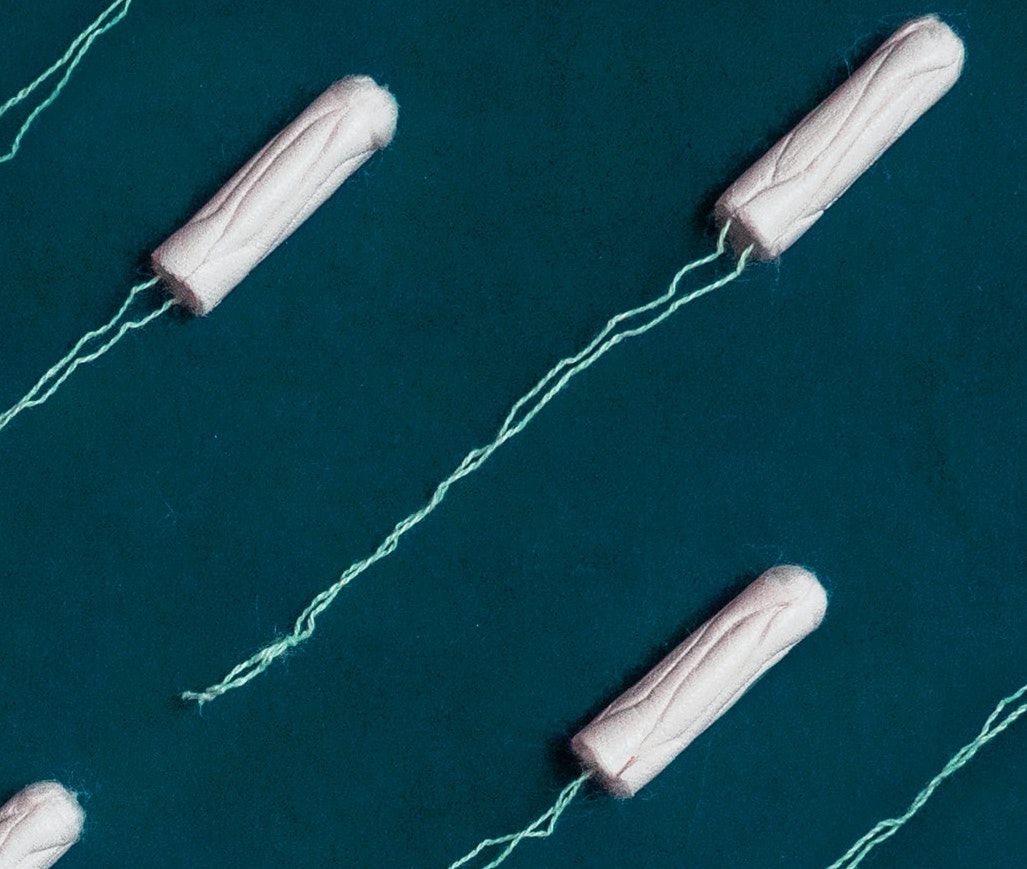“Domestic work is one of the oldest and most important occupations for millions of women around the world. It is rooted in the global history of slavery, colonialism and other forms of servitude.”
– International Labour Organisation (ILO)
Domestic workers for decades have faced discrimination, abuse, harassment and a precarious employment. Domestic workers are one of the least regulated sectors due to numerous factors. Many domestic workers work in the informal sector. Many countries do not consider domestic workers as employees who are entitled to the protections provided under labour laws, such as maximum working hours, holidays, social security, maternity leave and severance pay. Domestic workers fall outside these protections making them vulnerable to abuse and terrible working conditions.
In 2009, the ILO conducted a survey of 70 countries and found that 40% did not provide domestic workers with a day of rest and half did not regulate the working hours or impose a limit. The ILO has estimated that there are 67 million domestic workers in the world and 80% are women.
Domestic work is work that is traditionally performed by women. Women have worked in the home, cooking and cleaning, for centuries without pay. Work that is performed by women is not highly valued in society and is often underpaid. As a result of this many countries do not regulate domestic work or consider it proper ‘work’.
Domestic worker’s rights have been on the agenda of the ILO for a number of years, since 1936. It took many years for the ILO to commit to drafting and finalising a Convention that regulates and requires States to prescribe minimum labour standard for domestic workers. In 2011 the Convention on Domestic Workers rights was finalised and currently has 31 ratifications. The purpose of the Convention is to protect the “human rights of all domestic workers.”[1]
At last, the ILO has recognised that domestic workers are workers worthy of protection and the basic minimum standards prescribed in labour law. The main principles and norms are set out under article 3 and include the promotion of freedom of association and collective bargaining and the elimination of forced compulsory labour, child labour, and discrimination. An important provision is also the definition of domestic work under article 1, which is “work performed in or for a household or households.”[2]
Domestic Workers Unite
This historic achievement of a Convention on Domestic workers was realised through the involvement of domestic workers. The Convention was historic for two reasons; the recognition of domestic worker’s rights and the involvement of domestic workers in the drafting process at the ILO.
In 2005, domestic worker’s organisations organised a conference in Brussels called “Out of the Shadows”. Another international conference was held in Amsterdam in 2006, where domestic workers met with over 60 representatives, from around the world, and discussed an agenda to improve their working conditions and bring international attention to their plight. The most important outcome of the conference was the idea to campaign the ILO to recognise the hardships faced by domestic workers and to define their work as worthy of protection.
Domestic workers were visibly present at the ILO; they sang songs and wore bright clothing adding to the euphoric atmosphere. They were no longer invisible, as they had been for decades. They managed to gain recognition of their status as employees worthy of protection: an important step in their struggle for enforcement of their rights.
Many countries have since adopted the Convention and amended their laws to include domestic workers and ensure they are protected by labour standards regulating working conditions. However, there are many countries where there is still much work to be done and laws that require amendments. The recognition for domestic worker’s rights is still ongoing and many countries have yet to ratify the Convention.
[1] Domestic Workers Convention – C189, article 3(1).
[2] Article 1(a) – Domestic Worker’s Convention.








